I can’t stop thinking about this interaction I had yesterday. I had just come out of a museum in Tokyo, the Western Art Museum, and I was taking photos of the Rodin sculptures in the museum’s outdoor garden. An older Japanese man came up to me and asked me if I wanted my picture with one of the sculptures. Surprised by his fluent English, and figuring a picture would be nice, I handed him my camera and stood by the sculpture. He took the picture and handed it back to me, and he asked me where I was from.
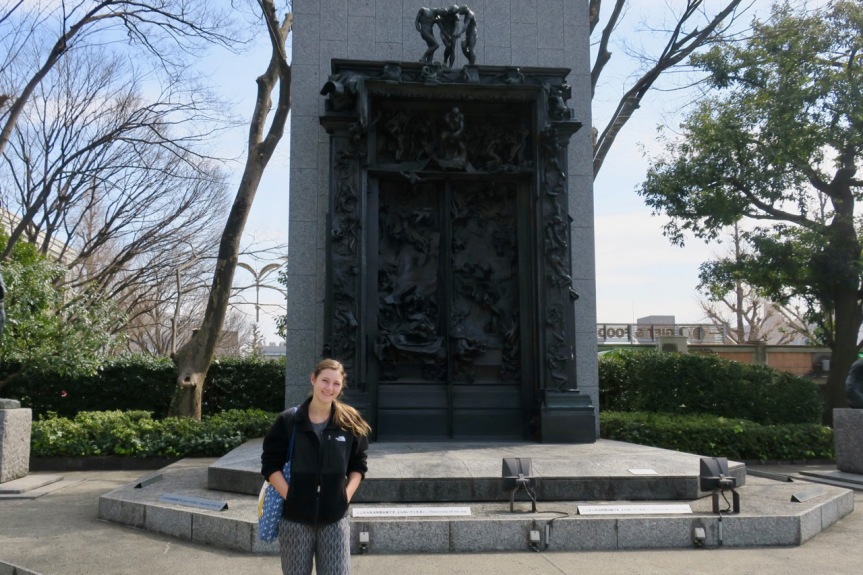
I said, “From the US.”
“Oh, the US!” he said. Then, unprompted: “I’m a biotechnology professor.”
Did I hear that right? I was so surprised that his profession was related to my project that all I could do was echo what he had said.
“A biotechnology professor?”
“Yes,” he said. “And today is my day off, and I’m tired. Goodbye!”
He waved and hurried off.
I stood there, stunned. How strange. How could this random stranger have appeared out of nowhere, been relevant to my project, and then disappeared so quickly? The whole thing seemed more than coincidental, which is not something I usually say, but I had just watched the movie Your Name the night before – it’s currently Japan’s most popular anime film, and much of it takes place in Shinjuku, Tokyo, where I’ve spent a lot of my time. Among many other things, Your Name is about how the universe can throw people together for seemingly no reason in the strangest of ways.
I decided to go after this biotechnology professor. I didn’t have any plan of what to say, but I knew I’d figure it out when I saw him. Only I never found him – he had completely slipped away into the crowd, and that was that. I decided, if nothing else, that this was the universe’s way of telling me that I needed to get back to work on the project. My lack of blog posts lately has mostly been due to the Japanese class I started a week ago, which is four hours of class every day of the week. It’s been fun going back to a “regular work schedule,” but it also means that each day has been fairly routine (even with homework!), and the classes leave me with very little flexibility to schedule new project meetings.
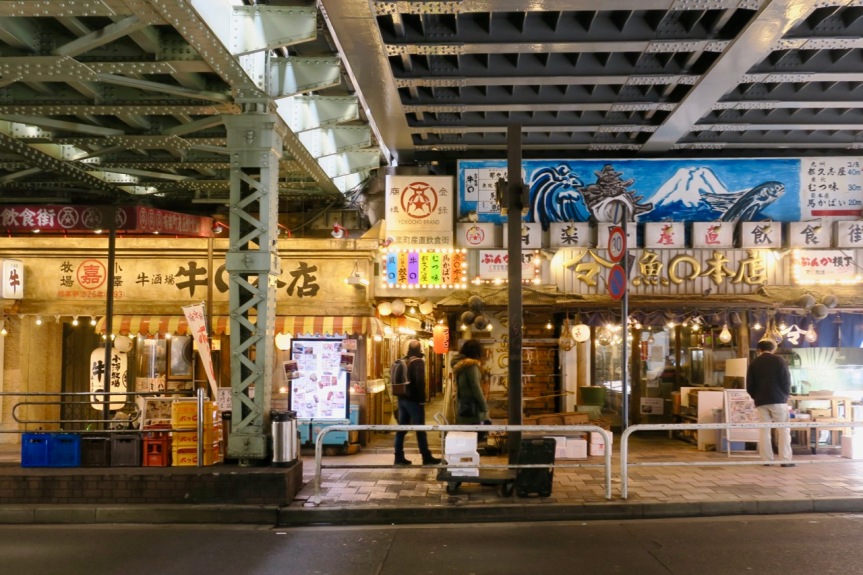
Anyway, I wanted to talk about a couple health-related things I’ve noticed since arriving in Tokyo. Japan is a famously healthy country, and there does seem to be a generally positive attitude towards exercise here. Even in the cold, I’ve seen people going out for runs, and I’ve spotted the occasional exercise or stretching group in a park. I’ve seen a lot of older people on these runs, though that might just be because I’m usually looking around during work hours. Tokyo is filled with bikers as well – the second-most efficient way to get around this city after the metro – and they seem to navigate the hills pretty well.
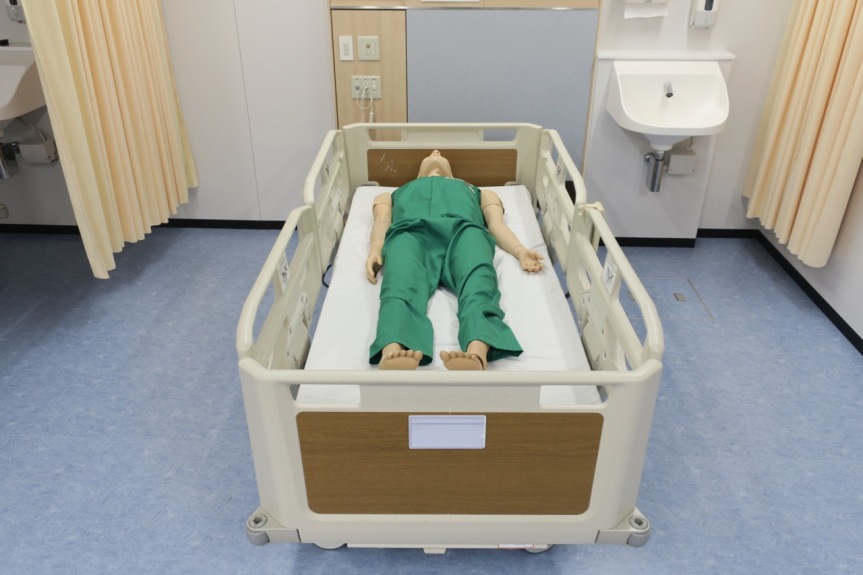
But it’s still not like Sweden, where people were exercising a lot, talking about exercise, and also happened to have fashionable outfits for exercising. Here, you don’t see a lot of gyms around, and my host family never works out, though they seem fairly fit. From what I can tell, it seems like a lot of people here don’t exercise frequently (I suppose walking in Tokyo and eating small portion sizes keeps them slim). Apparently no one in Tokyo has the time – people tend to work a lot here and quite late into the evening. I get the sense that work comes first, and everything else second.
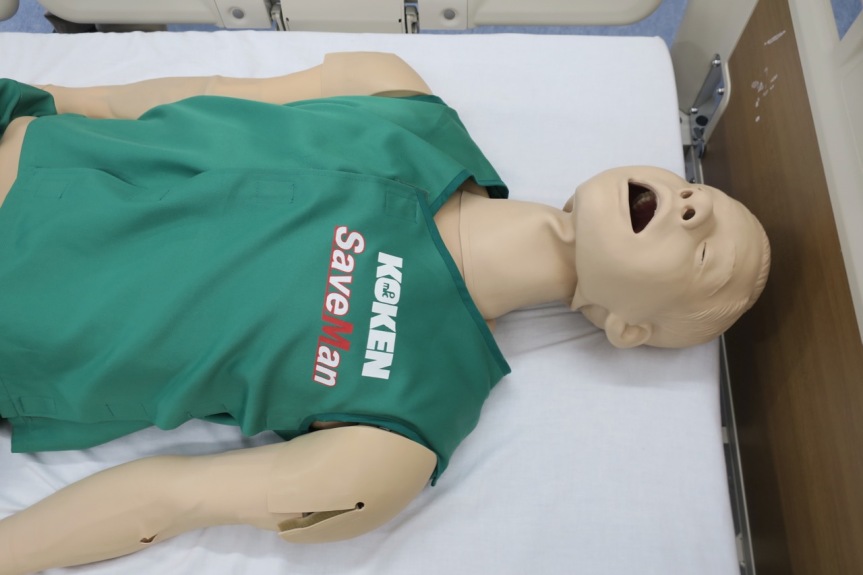
In Sweden, it was the opposite. People often discussed work-life balance and the importance of finding time for wellness and exercise and being outdoors most days of the week. Everyday exercise seemed to be more of an ingrained idea there than it is here. Even in the US, if someone doesn’t exercise frequently, they’ll talk about it – “Oh, I should exercise more,” “I need to go to the gym,” and so on. We’re aware that we should be doing some sort of exercise most days, even if we don’t. But people here don’t say that. I’ve mentioned this to a few of my friends who have been living in Tokyo for a while, and for the most part, they’ve said the same – they haven’t heard ‘Tokyoites’ mention exercise, either to extol it or complain about it.
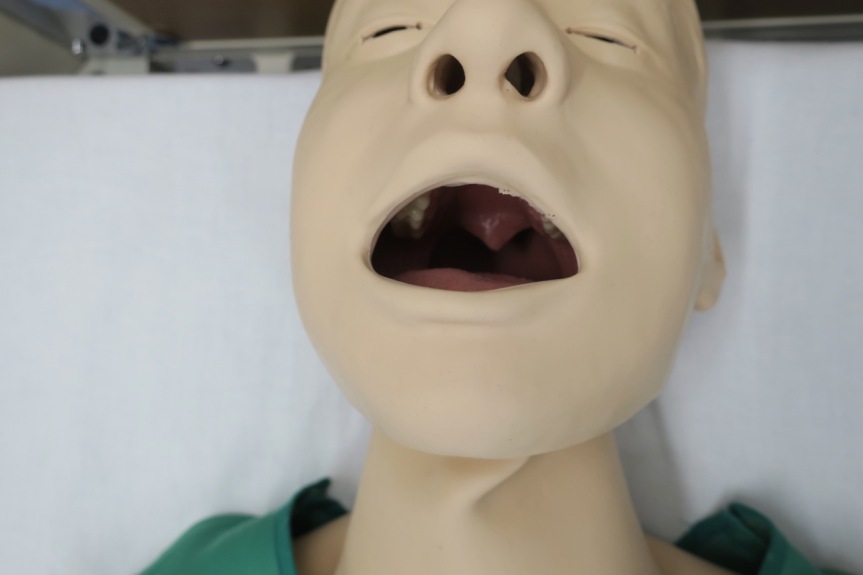
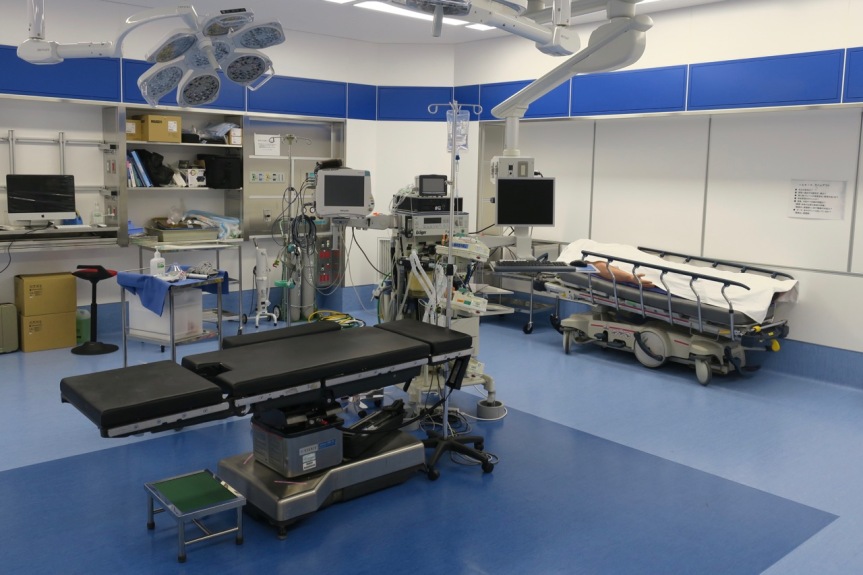
So I suppose a lot of the health here (or fitness, at least) comes from the food. Portions here are a lot smaller than in India or the US. Even the warm bowl of ramen I had the other day felt a lot lighter than it looked – I think the cooking methods are fairly light here – though of course there is unhealthy food as well. And even if you take the trains every day, there’s still a lot of walking to be done in terms of getting around Tokyo.
But there are surprisingly bad habits around too, such as smoking. There seem to be a ton of smokers in Tokyo (which might fit with the aforementioned long work hours – most of the smokers I see are businessmen). There are vending machines on the street where anyone can buy a pack of cigarettes, which I found fairly shocking when I first arrived. However, people are not allowed to smoke on the streets – no one walks and smokes. Instead, there are loads of designated smoking areas all over the city, even blocked out on the street outside buildings, and there will always be smokers there. I think this makes the issue of smoking seem worse than it is, as you always see smokers in big clustered groups rather than dispersed through the streets. Also, I suppose that smoking is more obvious when someone is standing by an ash tray doing nothing but smoking, as opposed to someone casually holding a cigarette where you might not notice it while they walk down the street on their phone, for example.
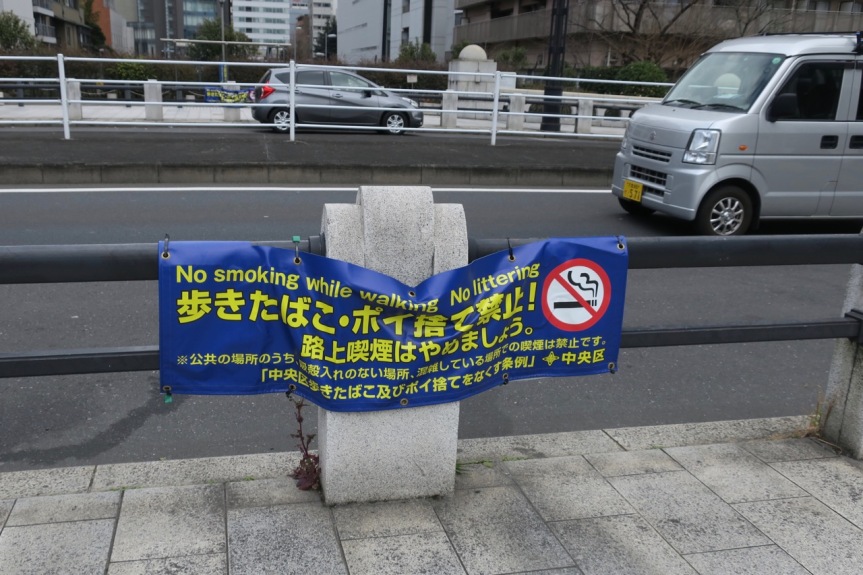
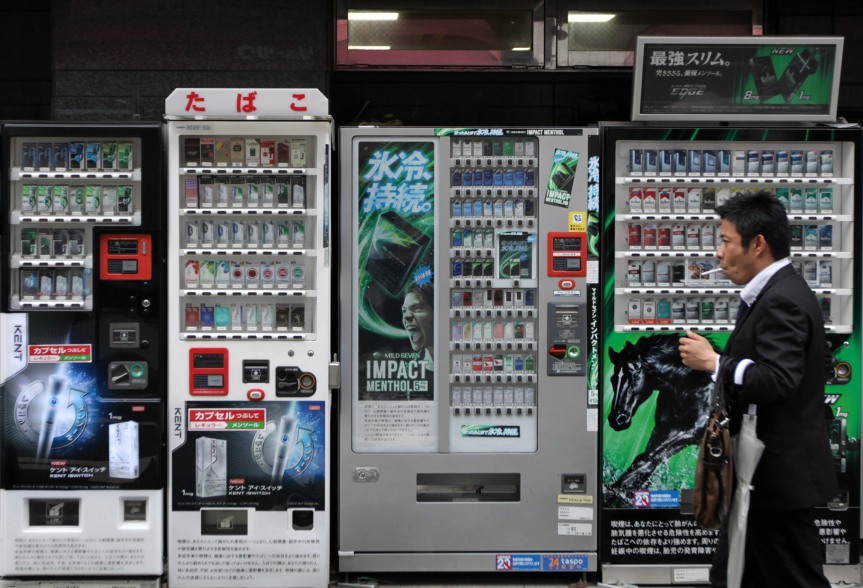
I’m not yet sure what to make of all this. Someone told me that it’s very difficult to get drugs in Japan (other than alcohol and cigarettes, of course), which is why the amount of smokers seems inflated – but overall, drug use should be better here than in other countries. But then why doesn’t that extend to cigarettes as well, I wonder? “Money,” my friend replied. I suppose no country has escaped the influence (that is, the wealth) of tobacco companies.
The World Health Organizations lists only two risk factors for Japan: alcohol and tobacco (http://www.who.int/countries/jpn/en/). But perhaps I’m getting too focused on this – after all, the country still has a life expectancy of 80/87 years (male/female), which is incredibly high. I’m also aware that the super-urban, business-focused, and densely populated Tokyo is not at all representative of the country as a whole. My first stop outside of Tokyo will be Kyoto, and I’m really looking forward to that. But first, I need to complete my second and final week of this Japanese class. おやすみ なさい!
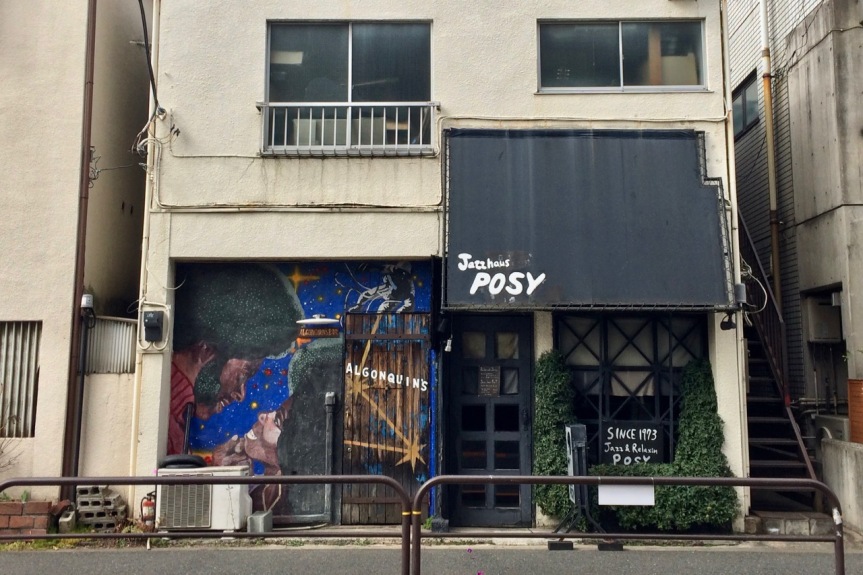

Loved this!!! Love Japan! AMA ing, as usual Merced!
LikeLike
Aw thank you Jodi! Glad you’re still reading 🙂
LikeLike